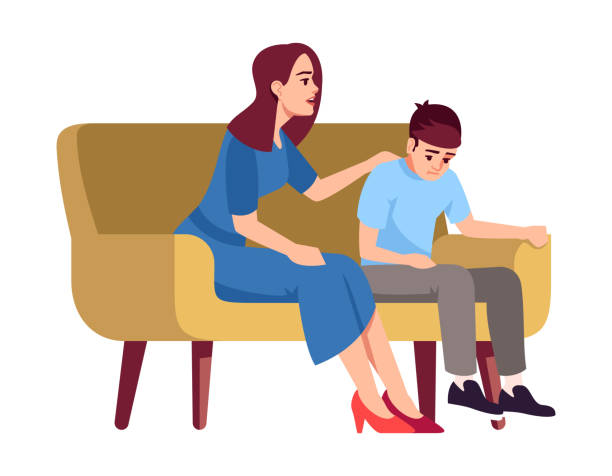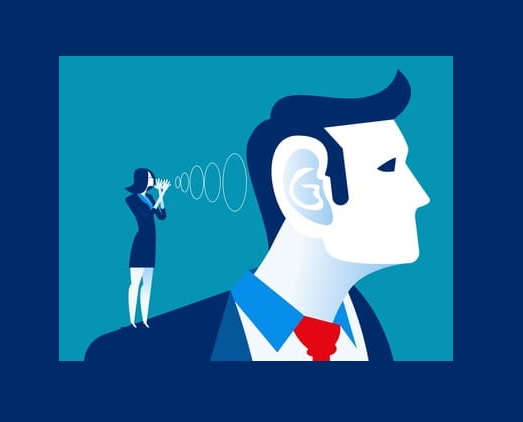A Quick Guide
Active listening is a technique that involves attentive listening, observing non-verbal cues, and providing feedback through paraphrasing, summarizing, and encouraging statements. It requires maintaining a non-judgmental attitude and can be practiced by using encouraging responses, paraphrasing to reflect understanding, and summarizing key points of the conversation. Developing active listening skills takes practice but can greatly enhance communication and understanding.
Understanding Active Listening
Active listening is the foundation of good listening ability. It is a technique involving careful listening, observing non-verbal cues, and giving feedback in the form of accurate paraphrasing, summarizing, and encouraging statements. It is often used in counseling, therapy, solving disputes or conflicts, and while listening to others in daily life.
Maintaining a non-judgmental attitude
To be a good listener, it is integral you develop an attitude of non-judgment while listening to someone. This simply means you hear and accept what the person in front of you is saying without passing any judgment, opinion, or expressing your feelings or thoughts.
It can be especially challenging if your thoughts and feelings are not in line with the other person’s. Keeping the small signs of negative judgment from showing in your facial expression, tone, and body language is a big feat. To overcome this, just try to shift all your attention to the other person and be present in the moment. Make an attempt to see the world how they see it. Initially, stepping out of your own worldview may be a struggle, but with practice, you will learn to separate your biases and really ‘hear’ people.
How to practice active listening?
For exhibiting active listening, the following types of responses need to be incorporated into your conversation while listening to someone:

1. Encouraging
Encouraging responses encourage the other person to keep talking and provide more detail. It helps people vent and explore their concerns further. These may involve:
- Restating the other person’s statement in a short response e.g. ‘I was very upset last night after the fight with my parents’ => you were upset. (Encourager).
- Repeating one or two keywords from the other person’s statement e.g. ‘I was very upset last night after the fight with my parents’ => Upset? (Encourager).
- Showing non-verbal actions to encourage the person to keep talking e.g. nodding your head, smiling, showing concerning facial expressions, etc.
- Minimal verbal utterances e.g. hmmm, umm, uh-huh, ohhh,
- Being silent but adding a non-verbal gesture e.g. silently encouraging with a hand gesture to keep talking.
Be wary of your tone and style while using encouragers. Avoid being unexpressive or parroting them. Similarly, the usage of too many encouragers can be annoying. While too little may exhibit that you don’t care or are uninterested. So, try to keep a balance.
2. Paraphrasing
This response includes rephrasing the other person’s message and identifying their underlying key emotion or key concern/thought. It is also called reflection. Sometimes, it is done in a questioning tone to maintain tentativeness and to give the other person a chance to clarify. Your goal in paraphrasing is to allow the person to keep talking and explore their feelings by regularly reflecting back on rephrased parts of their conversation.
If you do paraphrase correctly, the other person might say ‘Exactly’, ‘That’s right’, ‘Yes’, ‘I know right’ and give more details about their concerns. This is a sign that you are doing well.
Paraphrasing has four aspects:
- A sentence stem: This may use the other person’s name to personalize your response. However, remember to not overuse it. E.g. Jennifer, I think you are trying to say….
- The other person’s keywords: your rephrased statement should include one or two of the keywords of the other person. E.g. ‘I cried all night after getting an F on my exam’. => ‘It seems getting an F was devastating for you’.
- The essence of the other person’s story in a briefer form: Transforming confusing, complicated, and long statements into a clear & meaningful form are at the heart of paraphrasing
e.g. ‘My parents are getting a divorce and my sister left home to live on her own. My boss has given me a warning at my job. Even my car broke down. I don’t know what to do’. => ‘In other words, you are saying you feel overwhelmed when so much is happening’. - A check out: This is brief questioning at the end of paraphrasing to ask for feedback. For example, ‘In other words, you are saying you feel overwhelmed when so much is happening, Did I get that right?’ or Am I close to what you are feeling? Am I hearing you correctly? Is that true?
3. Summarizing
This response involves giving a summary of what the other person has said at the end of a long conversation. It reviews the other person’s key issues, thoughts, and feelings discussed over the period. This helps people be coherent and understand their main thoughts or key points after listening to them. Summarizing also focuses the discussion on the most important parts.
You can do this by summarizing the entire conversation with the other person while integrating it with their thoughts, emotions, and behavior. A check-out is also important at the end of a summary.
For example,
‘So basically we discussed your problems with practicing a work-life balance. You mentioned you felt overwhelmed due to the problems at home which affect your performance at work. Due to this, you often doubt yourself and your abilities which puts you in a low mood. After 3 months of this, you finally decided you needed to talk to someone and get help. Is that correct?‘
Watch: [The Art of Listening | Simon Sinek]
Final Thoughts
Learning to listen actively is an art that improves with practice. Try to incorporate the above components gradually into your overall listening and conversational style. At first, it may seem robotic and awkward, but gradually it will become more natural for you. Good luck : )


![Image Credits: Free pik [Freepik.com]](https://psychologyopinions.com/wp-content/uploads/2021/07/Depressed-people-counseling-with-psychologist-scaled.jpg)
 Existential Therapy: What you need to know about it
Existential Therapy: What you need to know about it  Being a Good Listener: Actively Listening to Children
Being a Good Listener: Actively Listening to Children  Here’s How To Be A Good Listener: The Basics of Active Listening
Here’s How To Be A Good Listener: The Basics of Active Listening  Learn How to be there for someone in distress: Dos and Donts
Learn How to be there for someone in distress: Dos and Donts